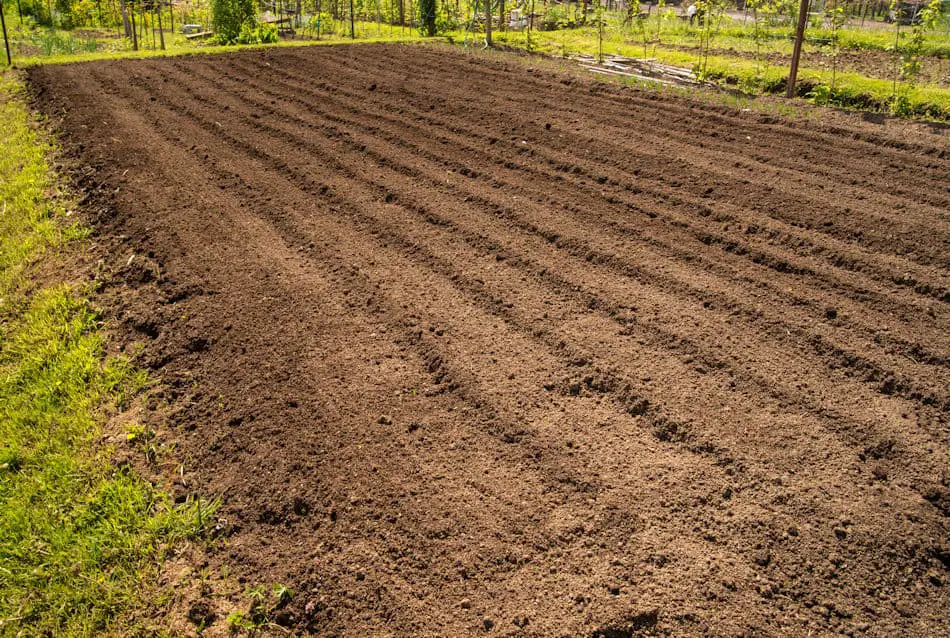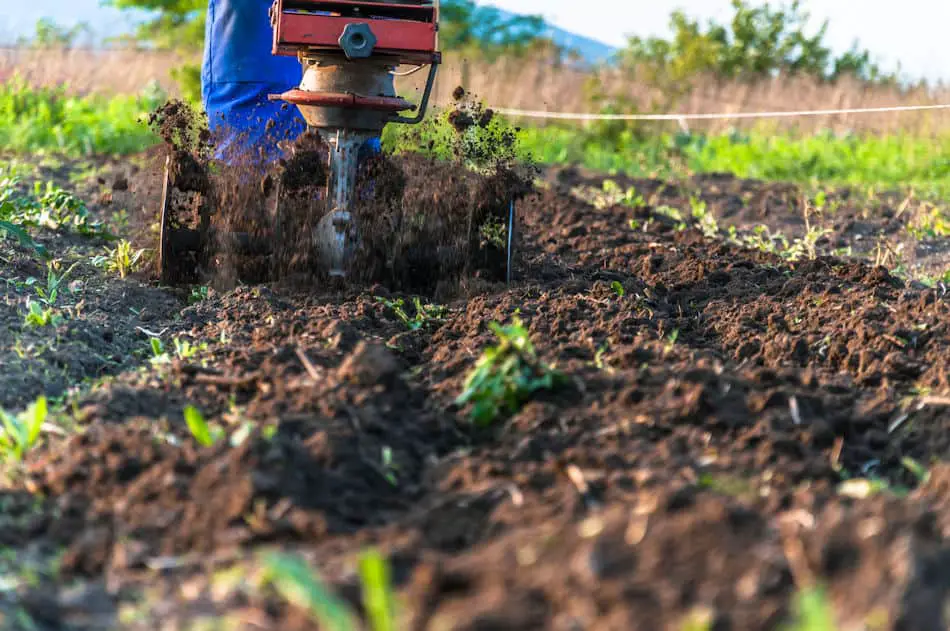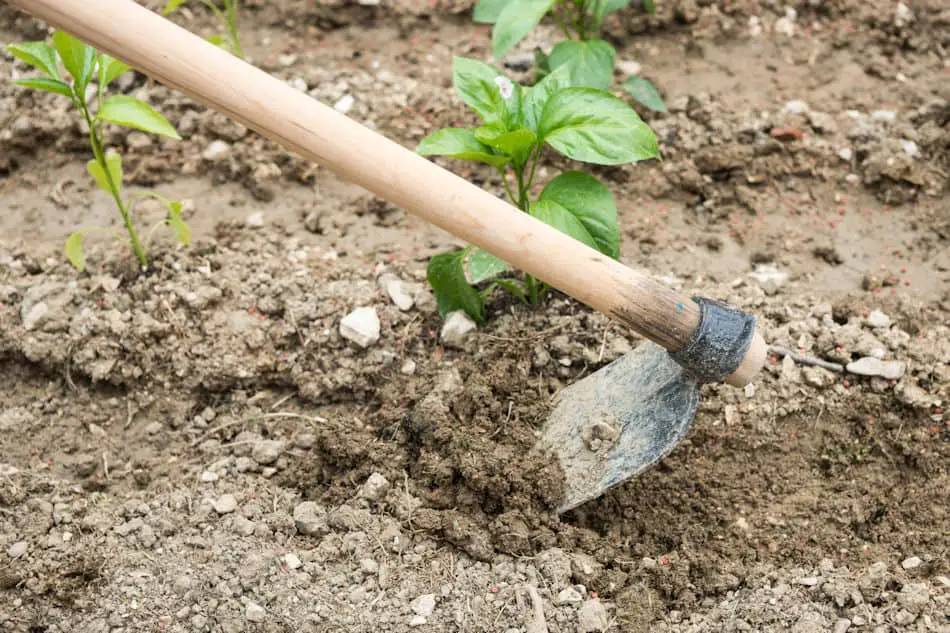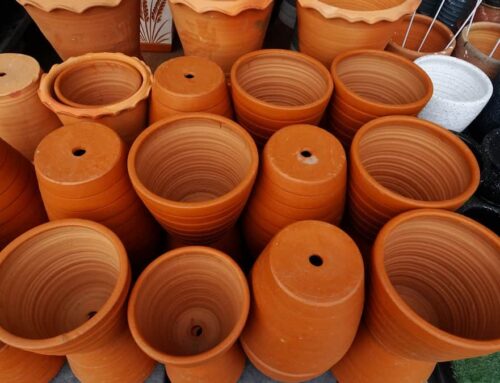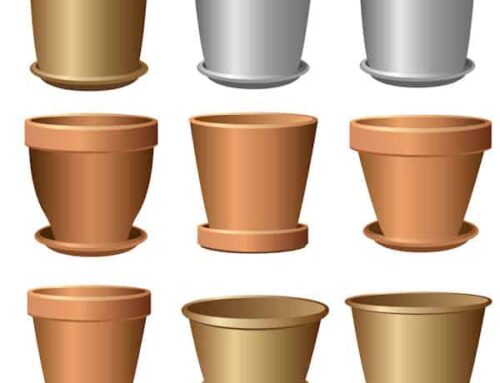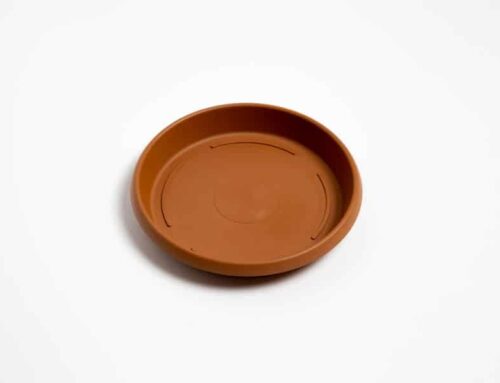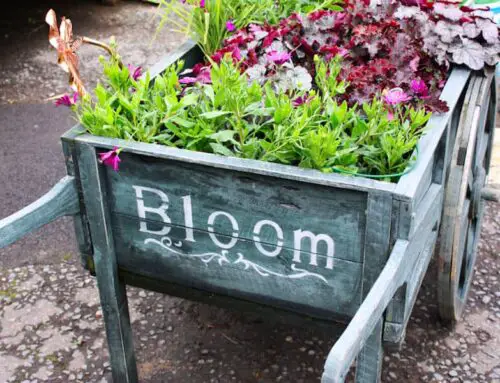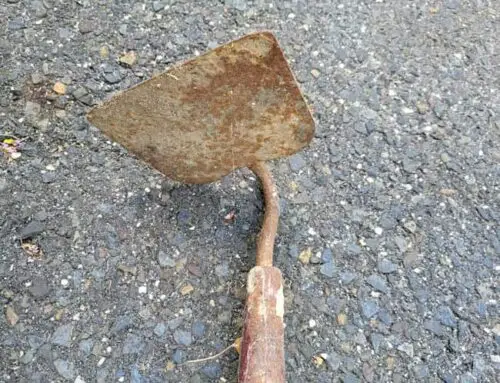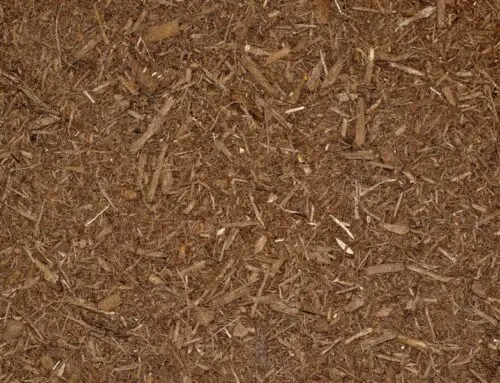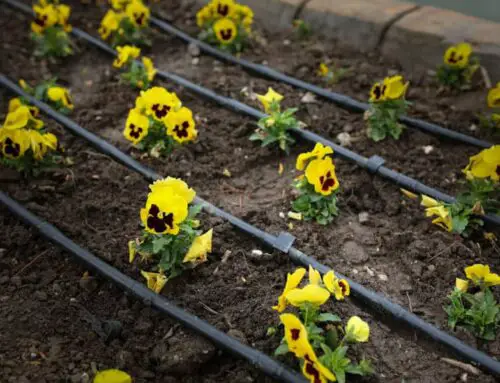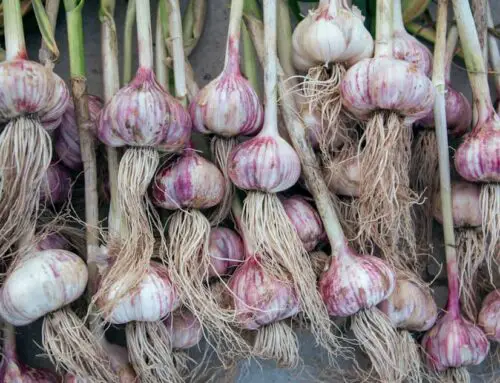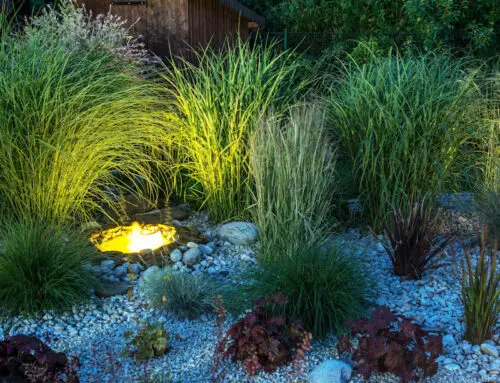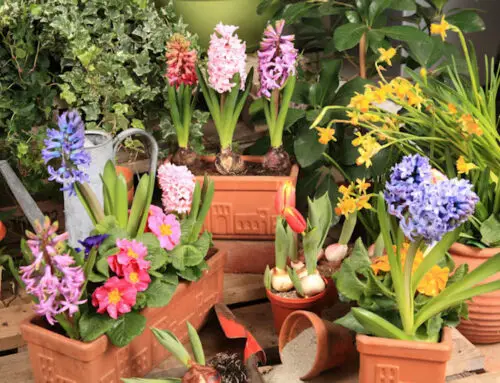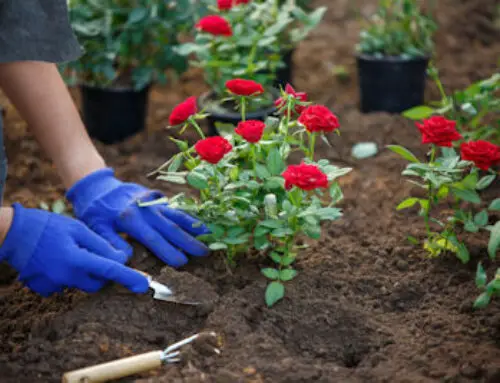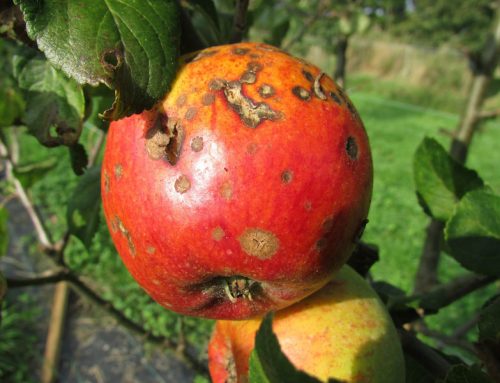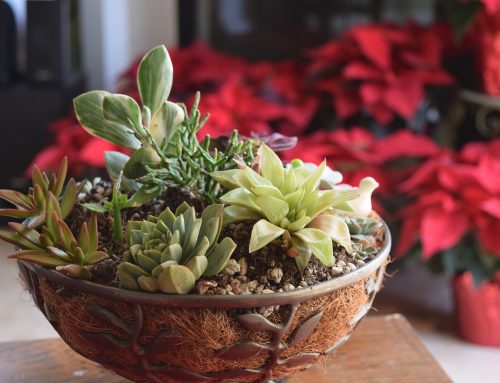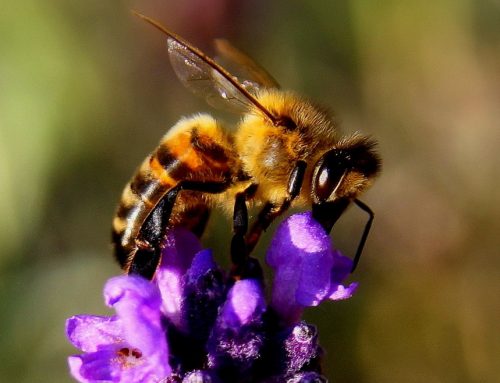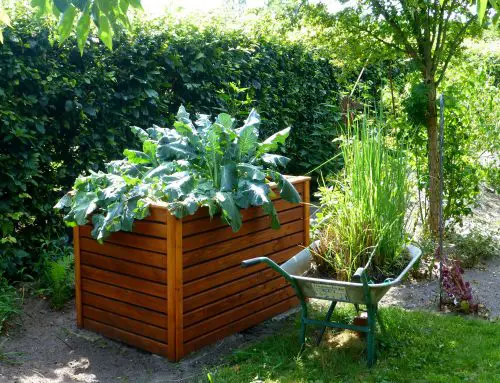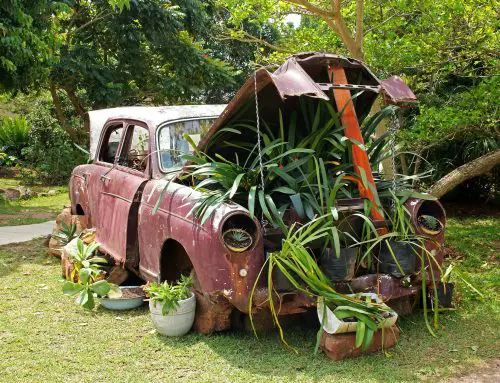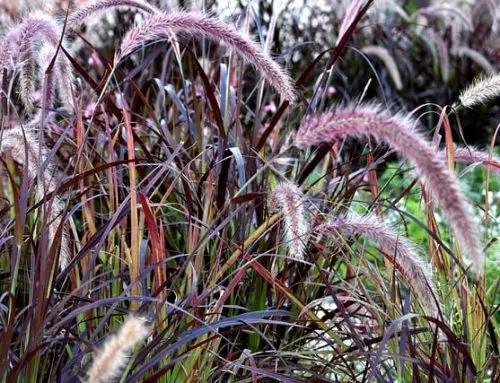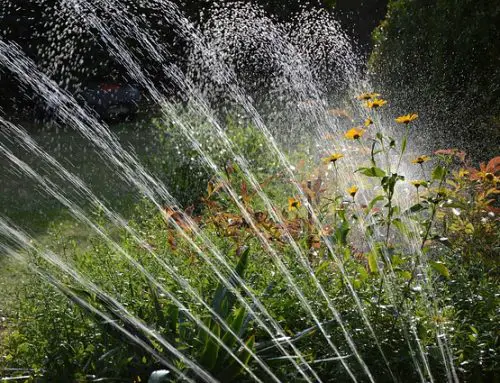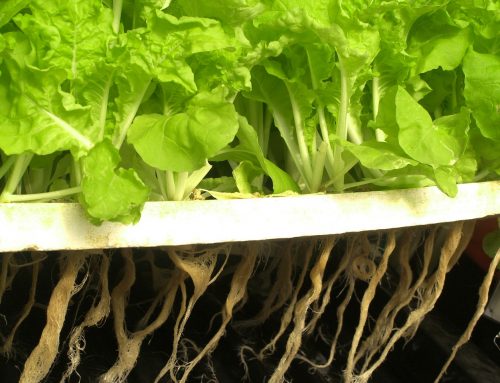If you want to grow a lush, plentiful garden with few weeds and pests, then you need to prepare the soil by tilling it. This is most often done in early spring, which could be anytime between March and June, depending on where you live. Tilling the soil prepares it to grow beautiful plants, and also eliminates common weeds and pests that get in the way of growing.
To till a garden, first prepare the area by removing debris while ensuring the soil is warm and dry. Then mark the area you want to till. Spread compost across the area, turning the soil over 8-10 inches below the surface, either by hand or with a rototiller. Never go back over the row you tilled.
There are other helpful hints that can make the process of tilling your garden go more smoothly, so read on and see how you can make the difficult job of tilling your garden more palatable.
How Do You Prepare a Garden For Tilling
Tilling your garden each spring is one of the most important things you can do to ensure a bountiful harvest. You will need to dedicate a day to this project, or at least a long afternoon.
The first part of tilling your garden involves preparing the soil. Use a hoe to dislodge weeds and roots, and work your way carefully through the whole space. Weeds and roots can get lodged in the tiller and cause it to stall, so clearing the space beforehand is extremely important.
Depending on the condition of your garden, you might need an axe to remove rocks, stubborn roots, or other debris. These could prove dangerous for your tiller when you encounter this obstacle.
After you prepare the area, make sure to mark the quadrants of your garden. It is important to know where the outer limits are because you are not going to want to till an area that you have already turned over. This is a perfect time to add compost to the garden, by dropping a 4-5 inch layer of nutrient-laden compost over the whole area.
How Deep Should You Till a Garden?
Once you have thoroughly prepared the garden, it is time to begin the actual process of rototilling. Make sure to go one row at a time, and move very slowly down each row. A motorized rototiller will do the difficult job of turning over the soil to a depth of 8-10 inches, but you will be working hard too in order to push the machine through the garden and make sure you are not going too quickly. Rototillers can be loud, you might like to know Why are gardening tools so loud?
You can also till your garden by hand with a shovel or hand tiller, but this is much more difficult and time consuming. Whatever you do, make sure that you do not go back over what you have already tilled, or you could create a big mess in your garden.
Why Should I Till My Garden?
In order for plants to grow, they need to grow in oxygenated soil. And after a long hard winter, the soil in your garden has become impacted, and it will be difficult for plant roots to branch out and thrive. Plants need nutrients, oxygen, and moisture to survive, and if the soil is clumped up they will not be able to grow.
Tilling your garden will also help prevent weeds, which like to choke the plants you are actually trying to grow, as well as steal their nutrients. By chopping the weeds that are already growing, and dislodging the life cycle of those just starting out, you are giving your actual plants a better chance to grow.
Tilling is also good for pest control. You will disrupt the life cycle of any pest larva that has lain dormant throughout the winter, and therefore they will not keep growing and multiplying and wreaking havoc in your garden.
Finally, tilling your garden offers a way for you to fertilize your plants. By spreading compost on top of your garden before tilling, you are able to add nutrients to the soil when it gets tilled into the soil. These nutrients are vital for the healthy growth of your plants.
Helpful Hints for Tilling a Garden
Tilling your garden is such a helpful practice each spring, but it is not always intuitive. There are a few more hints that will help you make the most of your tilling experience.
Knowing When to Till
Knowing when to till your garden is an important part of the puzzle. You need to work when it is dry, and when the soil is warm. Spring comes at different times to different regions of the country, so you will need to ascertain this information for yourself. Grab a handful of soil, and if it crumbles in your hand, it is ready. If it clumps into a muddy mess, imagine how difficult it would be to get a rototiller through it! Do not till if it is wet and clumpy, but if soil is warm and dry, it is time to till.
Garden Tools to Use
There are a variety of tools that you can use to till your garden. As you begin the process of cleaning the garden, use a rake to remove weeds as you initially clean the garden, and a pick axe to remove stubborn rocks, roots, or clumps of clay. The cleaner your garden, the easier it will be to get a tiller through the soil.
When it comes time to till the garden, hand tillers and twist tillers offer precision, especially in little corners of your garden or between tight plants later in the season, but they can be difficult to use. A motorized rotary tiller, or rototiller, is your best bet for tilling your garden without breaking your back.
Check out this article on some other great tools used for gardening.
How Do I Prepare My Garden in the Fall?
You can actually help prepare a positive spring tilling in the fall, by layering dead leaves, fertilizer and other composting materials and then turning it under the soil. If you don’t want to dig the entire garden, you can layer it into a few evenly spaced trenches throughout the garden. By taking this step in the fall you will allow the soil to lie dormant with nutrients in place.
Where Do I Get a Rototiller?
If you don’t have the money or room in your garage for a rototiller, you can rent one from a home improvement store in your area.
Conclusion
Tilling your garden, although a somewhat difficult and tedious process, is an extremely important part of the gardening season. If your soil is properly turned over, your plants will have the proper oxygenation, fertilization, pest control, and weed control to grow and thrive. With this in mind, you will be enjoying fruits and vegetables like juicy tomatoes and crisp cucumbers in no time.
You might also like When Does Gardening Become Farming?

